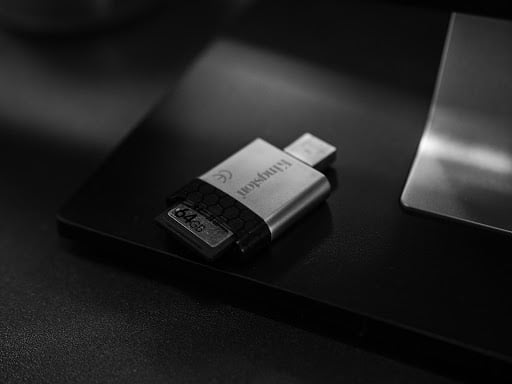How to Deal With a Full Drive on a Macbook

Estimated reading time: 5 minutes
Table of contents
Some Macbook users find it hard to manage data on the computer. The most recent trend of replacing hard drives with solid-state drives for the sake of performance does not help either. Despite being a better overall option, SSDs do not have as much storage, meaning that people need to adapt.
If you are stuck with only a few gigabytes of free space on the disk, do not be surprised to see your Macbook slow down.
Thankfully, there are ways to solve the issue. You will find great tips in this article to help you deal with a full drive on the Mac.
1. Scan System for Malware
There are various kinds of malware, and it might be that your computer has one that is slowly consuming disk space. If you notice less free storage every day without you downloading new files, do not wait and take action.
Scan the system using a reliable anti-malware tool. If the scan reveals any infected files, delete these files. To avoid this problem from happening in the future, make sure that antivirus is running in the background all the time.
2. Remove Old Applications
Not all applications take a lot of disk space, but if you aim for more free storage, then there is no reason not to check your app list.
Applications that you have not used for a while are not worth keeping around, especially if you have no plans to use them in the future. And in case something changes, you can always download and reinstall those apps.
It is also worth noting that certain applications come with support for multiple languages, and these language files can be large.
3. Look at Download and Mail Folders

Keep close tabs on download and email attachment folders. You might be surprised by how many files the two have, particularly if you have never bothered checking them before.
Some people change the default location for downloads and email attachments to the desktop. Changing the location makes it easier to notice and delete idle files after they have served their purpose.
4. Empty Trash Bin
Remember to empty the Trash Can after you drag files in it. Otherwise, you are only relocating data instead of removing it from the computer.
As an alternative, you delete files permanently by using the Option + Command + Delete keyboard shortcut. Click the “delete” option in the pop-up message to confirm that you want to get rid of the file.
5. Use Dropbox and iCloud
Your data management strategy on the Macbook does not have to revolve around deleting the files. There are other ways to free up disk space, and cloud services are among the best available options.
You can transfer data to Dropbox and iCloud and access it as long as you have an internet connection. Moreover, you can sync cloud accounts with devices other than the Macbook and access files from those devices.
Clouds are free with an option to upgrade to a better play, but you will have to pay. On the other hand, if you are satisfied with the services, then spending some money on them and support developers are worth it.
6. Transfer Data to External Storage Devices

Devices like external hard drives and memory sticks are similar clouds. You transfer data and can access it from external storage devices by plugging the device into a Macbook.
The prices for hard drives and memory sticks are relatively low, and even a second-hand device will do the job. You could also wait for sales, which are quite common for online stores, especially around the holiday season.
7. Check Temporary Junk Data
Temporary backups, app extensions, plugins, caches, and other system junk are hindrances for two reasons. The first is that the sheer number of files puts a strain on the system by making it process the data.
The second reason is the space requirement on the Macbook drive. And you cannot access these files without changing system settings. That is why more and more Mac owners look for a cleanup utility tool that removes junk data automatically.
You should get in the habit of getting rid of the temporary system junk regularly. If you do, you will notice an improvement in how your Macbook performs.
8. Consume Media on Streaming Services

It would be a waste not to take advantage of all the available streaming platforms and consume your media on them. It is more convenient when you can access favorite movies, TV series, and music with a few clicks.
But the best part is that you do not have to download large media files on the Macbook. Some people who have a long backlog of stuff they want to watch tend to hoard media files on the disk. But why do that when there are so many streaming services?








